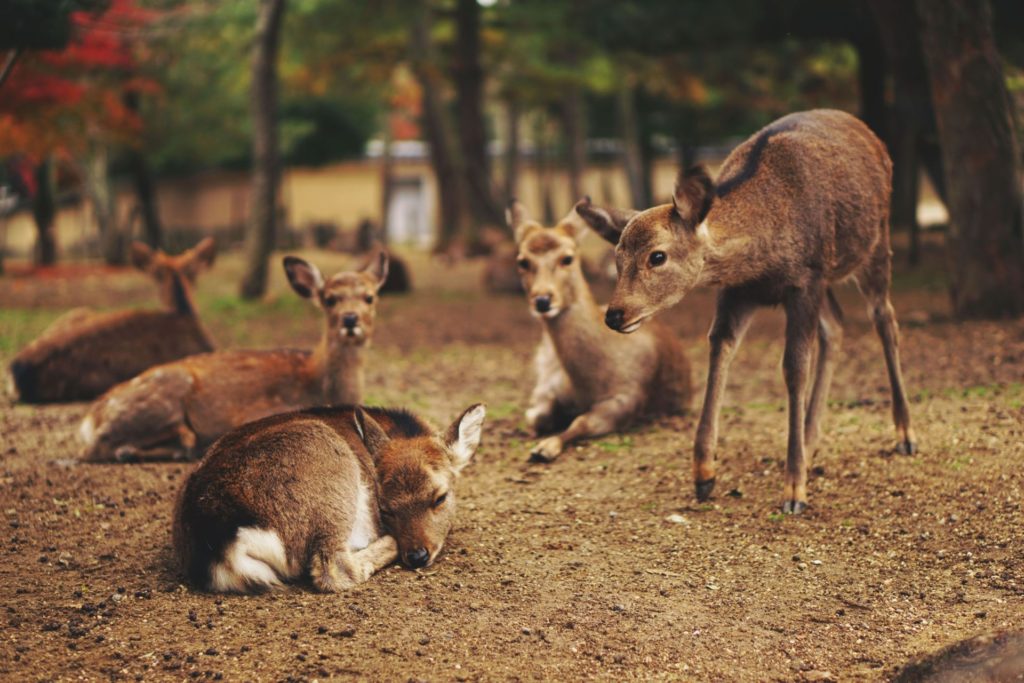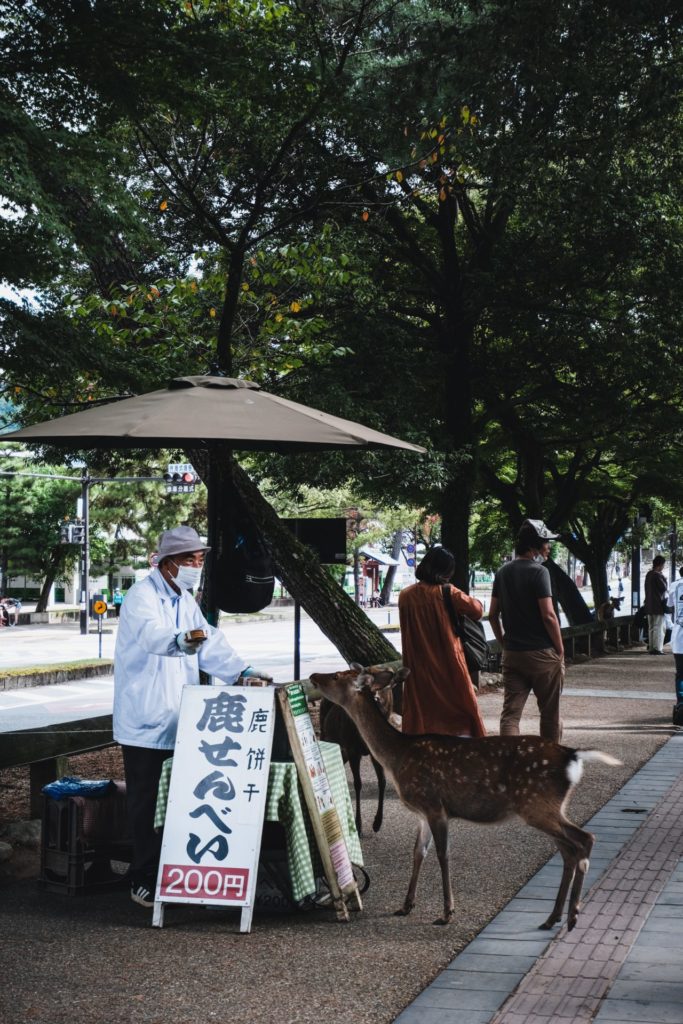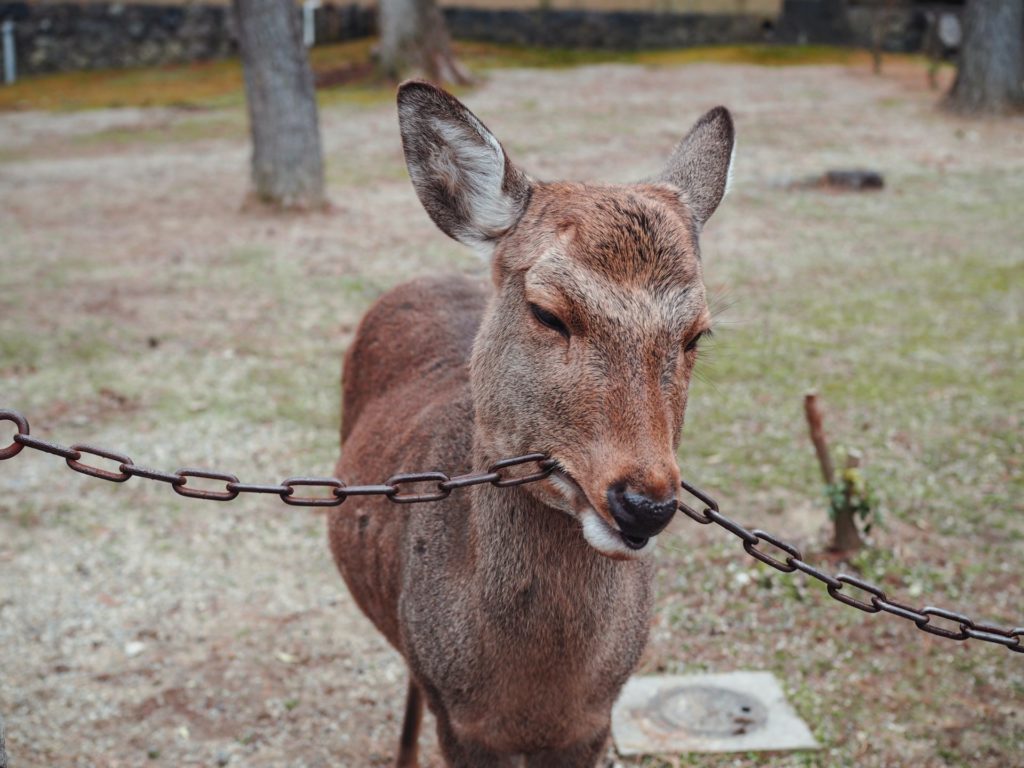A Cheeky Peek at Tochigi
A stone’s throw away from Tokyo, Tochigi prefecture (栃木県) offers a range of beautiful imagery, from soaring mountains to seemingly endless rice paddies that look as if they come from a nostalgic animation. It’s a hidden jewel in Japan, a destination that should absolutely be on anyone’s travel itinerary. So let me take you on a quick tour around a couple of really cool places inside Tochigi!
The Famous Sights of Nikko
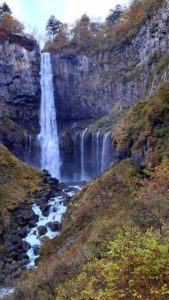
Kegon Falls, Nikko
If one place is an absolute must when visiting Tochigi, it is Nikko, the expansive park and final resting place of Tokugawa Ieyasu. Nestled deep in the mountains, this quaint city is beautiful throughout all seasons. Top attractions include:
Nikko Toshogu Shrine – a UNESCO world heritage site.
Shinkyo Bridge – the one used on all the travel websites, and seen at the top of this article!
Kegon Falls – one of Japan’s three greatest waterfalls.
Edo Wonderland – a Japanese theme park based around the Edo period.
I recommend visiting in Fall for the best views. Be sure to avoid the peak of the season as the traffic can get really bad (trust me!) You can get to Nikko directly from Tokyo, so its definitely worth taking a stroll around. A perfect weekend getaway.
Utsunomiya, the Capital of Gyoza
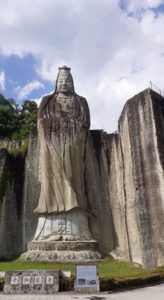
Heiwa Kannon, Utsunomiya
On the Shinkansen (bullet train) route to the North of Honshu, Utsunomiya is the capital of the prefecture. With strong Jazz roots, this city has a wonderful nightlife to experience. It’s also the gyoza capital of Japan, and has every kind of flavor you can think of! Places I would recommend visiting include:
Oya History Museum – A subterranean cave.
Wakayama Bamboo grove – sometimes used as a location in movies and television programs.
Futaarayama Shrine – a beautiful shrine in the center of the city.
Orion Dori – Shopping street with many restaurants.
If you do choose to visit Utsunomiya in the heart of summer, I suggest taking a look at Oya History Museum. Not only is it an interesting place, but it’s also super cool in the cave! A perfect place to get away from the powerful heat of Japanese summers.
Nasu and the Active Volcano
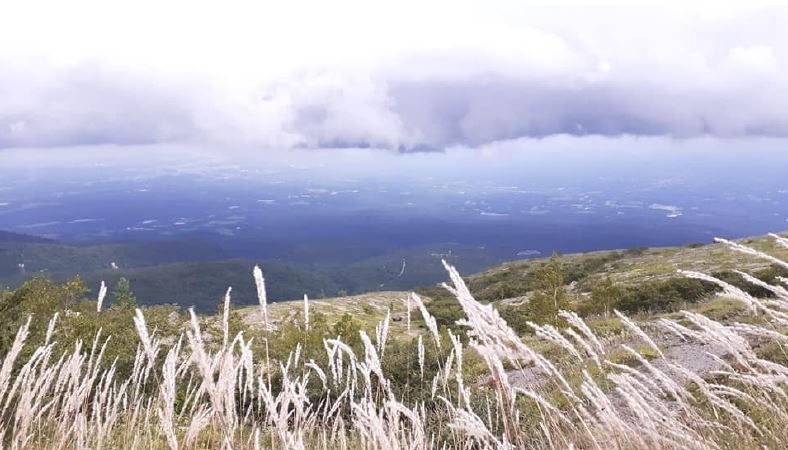
Mt. Chausu, Nasu
Just above Utsunomiya is probably one of the most beautiful places in the entire prefecture. About 70 minutes by Shinkansen from Tokyo, Nasu is a wonderful place to go hiking or simply do some forest bathing. Top places to see here are:
Shiobara Onsen Town – a place with many different onsen to choose from.
Mt. Chausu – an active volcano you can actually hike up.
The Killing Stone – the resting place of the ‘Nine-tailed Fox’.
For Nasu I highly recommend climbing the volcano. There is a ropeway that will take you half way up then its around 40 minutes to an hour to get to the summit. The views are fantastic! If like me you like to have a cold bevvy after a hike, there is a small restaurant at the top of the ropeway.
So there we have it, a cheeky look around Tochigi prefecture and what it has to offer. There are so many places that I haven’t listed here that are also worth checking out, but these ones are my top picks for the area. If you do ever choose to take a gander around Tochigi I hope you find it just as magical as I do.
Looking to experience Tochigi for yourself? Join the adventure in April 2022 as an ALT! For more information, read all about being an ALT!
Photo Credits:
Top photo: Aaron Katz on Unsplash
Additional photos for this article were provided by Hanah Dring, used with permission
All other content (text) created by the original author and © 2021 MUSUBI by Borderlink
Top Photo by チリーズさん on PhotoAC
Previously used photo: “Hiroshima-Style Okonomiyaki” by Ajay Suresh from New York, NY, USA, licensed under the Creative Commons Attribution 2.0 Generic license (cc-by-2.0). No changes or alterations were made. Wikimedia Commons Link
A member of our MUSUBI family shares a little about their favorite Japanese food.
When I first came to Japan, I worked in a small town in Hiroshima prefecture. Like many other towns in the area, it had a number of small okonomiyaki restaurants. Over time I discovered and tried out many of them, and okonomiyaki quickly became my favorite Japanese food.
Why is that? I think, after having just arrived in Japan and with so many new and exciting foods to try, okonomiyaki was something new but at the same time not too unfamiliar to my palette. Okonomiyaki is sometimes translated as “as you like it”, and the dish itself consists of basically a batter and cabbage with select ingredients. These can range from meat & seafood to cheese and eggs to various vegetables The selected ingredients are the “as you like it” idea behind the name of the food.
As many may know (and as covered on this very blog in the past) there are two predominant styles of okonomiyaki; the more famous Osaka style (where the ingredients are mixed first and the end result is more pancake-like) and the Hiroshima style. Hiroshima-style okonomiyaki differs from Osaka’s and other variations through preparation and the ingredients used.
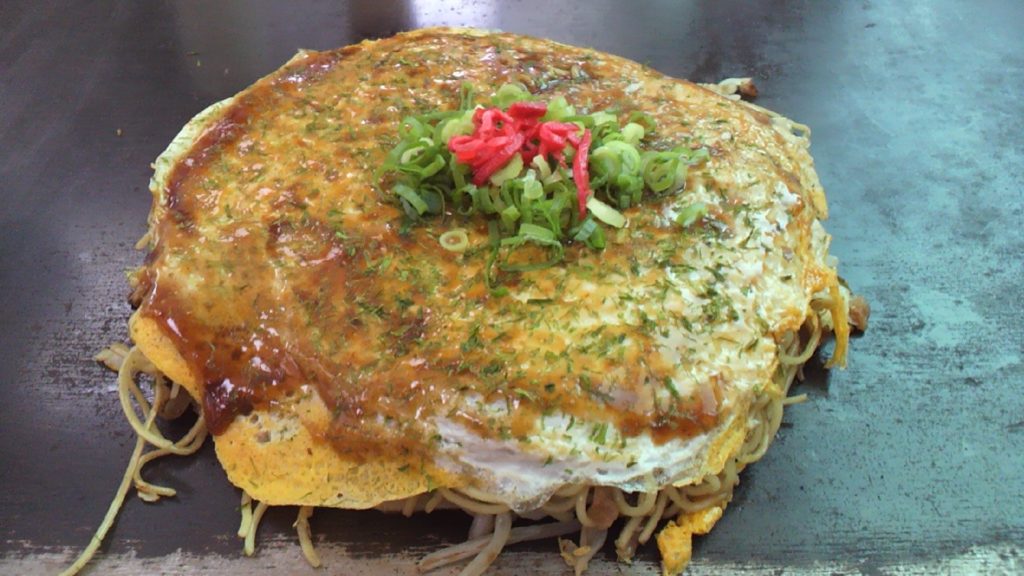
Photo Credit: Naocchi, licensed under the Creative Commons Attribution-Share Alike 3.0 Unported license.
First, rather than mixing everything before cooking, the ingredients are all cooked separately. This results in a number of thinner layers which are then stacked. At the very bottom is another Hiroshima-style staple, a layer of yakisoba (fried noodles). The whole thing is often topped with an egg that is allowed to cook over the stack, forming a sort of crepe.
When all is done, chefs normally add okonomiyaki sauce on the top of the ‘crepe’, followed by flakes of smoked bonito and then aonori (dried seaweed). And yes, I said chefs- Hiroshima-style is often cooked and served to you by the restaurant.
Nowadays, I live in Kanto, and I have come to realize that restaurants that seemed everywhere in that small town in Hiroshima are pretty much non-existent here in the big metropolis. I have many fond memories of my early days in Japan, with those small okonomiyaki shops being a big part of all that.
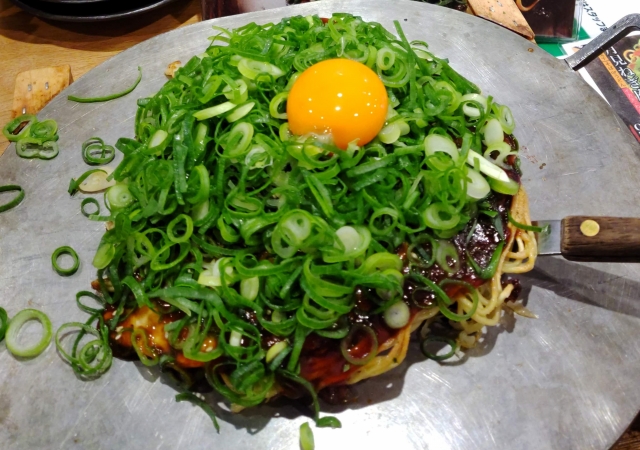
Photo Credit: ganちゃんさん on PhotoAC
When I next have an opportunity to go back to Hiroshima, the Peace Park, Atomic Bomb Dome or even watching the Hiroshima Carp won’t be at the top of my list for things to do. No, I want to soak up the atmosphere and enjoy the food from those small okonomiyaki restaurants once again!
Photo Credits:
Top Photo by チリーズさん on PhotoAC
Previously used photo: “Hiroshima-Style Okonomiyaki” by Ajay Suresh from New York, NY, USA, licensed under the Creative Commons Attribution 2.0 Generic license (cc-by-2.0). No changes or alterations were made. Wikimedia Commons Link
Additional Images:
1) ” 広島風お好み焼き ” by Naocchi licensed under the Creative Commons Attribution-Share Alike 3.0 Unported license (cc-by-sa 3.0). No changes or alterations were made. Wikimedia Commons Link
Previous Version: Otsukarekun via Flickr
All other content (text) created by the original author and © 2021 MUSUBI by Borderlink
Top photo: Jezael Melgoza on Unsplash
Located in central-east Tokyo, Akihabara is a prime destination for all kinds: electronics tinkerers, manga & anime fans, deal-seekers and curious tourists alike. It’s a truly unique district, beloved throughout the world for its large selection of electronics, games, anime goods, and just about every other form of subculture if you look deep enough. Here are my picks for seven things you’ve gotta do when you visit Akihabara!
Eat at the AKB48 Official Cafe & Shop
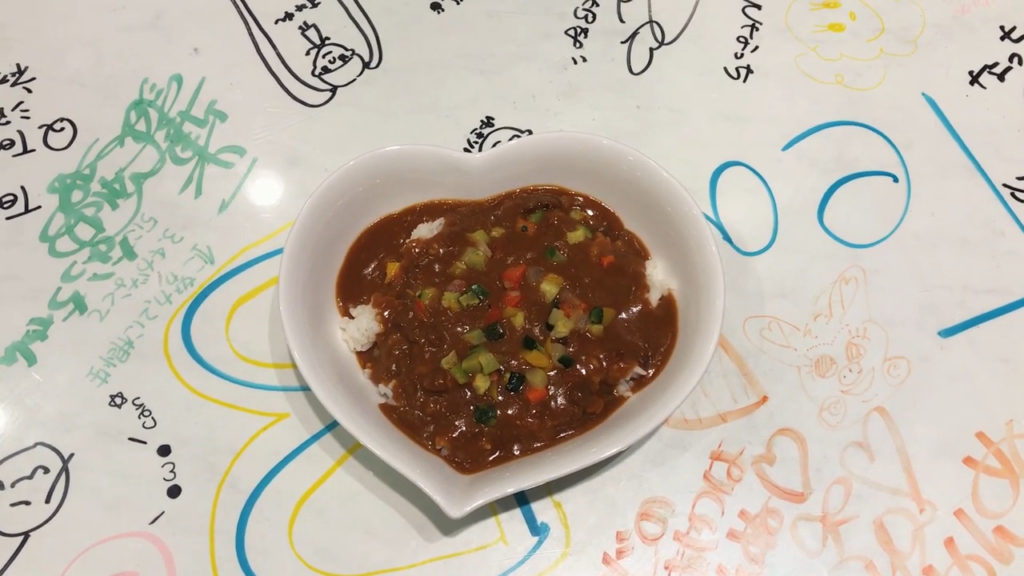
The AKB48 OFFICIAL CAFE & SHOP features loads of items from AKB48, Japan’s most popular all-girl group. From any seat in the café, you have a great view of AKB48 music videos and live performance videos on wall-mounted screens. The grand menu is composed of all the favorite dishes of AKB48 group members. Inspired by their social media posts, there is also a special menu, featuring the favorite desserts and dishes that the group members enjoy at home.
The shop has limited-release merchandise not available anywhere else. This includes candy, a full range of AKB48 stationery, popular wearable items such as keychains, phone straps, T-shirts and towels. All your essential concert wear! And other fantastic must-see items for fans.
They even have a takeout window where customers can order food to go. Their menu is updated seasonally, but they always serve popcorn and the AKB48 Happy Pie souvenir. It’s a fan favorite! When you come here, you can enjoy videos and music and fully immerse yourself in the world of AKB48.
Try Gachapon Machines
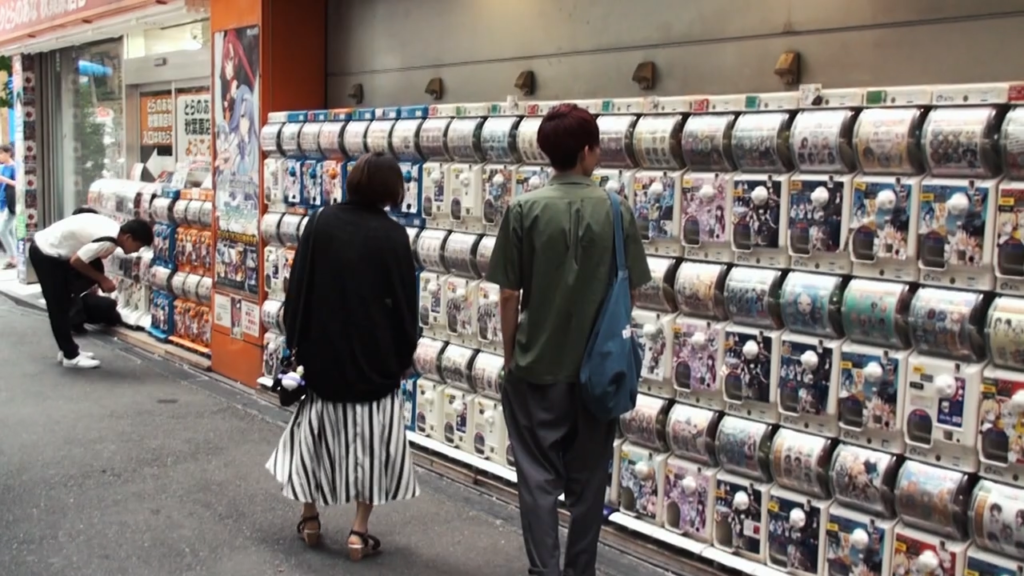
Akihabara is a Gachapon mecca where one can spend hours (and lots of 100 yen coins) searching for their perfect machine & a randomized souvenir to take home. ガチャポン or “Gachapon” got their name from the onomatopoeia of the sounds of the vending machine. There’s the “crank” (ガチャ or “gacha”) or turning the lever and the “thud” the capsule makes when it comes out (ポン “pon”). However, the older generation tends to call them “gacha-gacha”. They are also known as Gashapon (ガシャポン).
After inserting the coins and turning the lever, out from the machine comes a capsule ball. Inside the ball is an amazing little toy or collectible, such as keychains, phone straps, watches, pouches, miniatures and figurines, and even hats for cats. They are beautifully crafted and often hilarious. When you crack open one of these plastic eggs, you never know what you’re gonna get.
Gachapon are remarkable for their large variety, craftsmanship and sheer wackiness. They’re miniature works of art in plastic. Gachapon have a brief retail existence, and the machines will be cycled out with new releases frequently; there are 150 new Gachapon every month. Popular Gachapon can sell out in a week or less. Some see repeat production runs, but the vast majority are discontinued after the first release, and your only hope of completing a set or finding that elusive one you want is in collectable shops (where the price is usually higher than the original 300-500 yen).
You can find Gachapon machines all over Japan, but Akihabara is definitely the universal hub of them; chances are if it is or was ever sold from a Gachapon machine, you’ll find it here.
Play at a Game Center
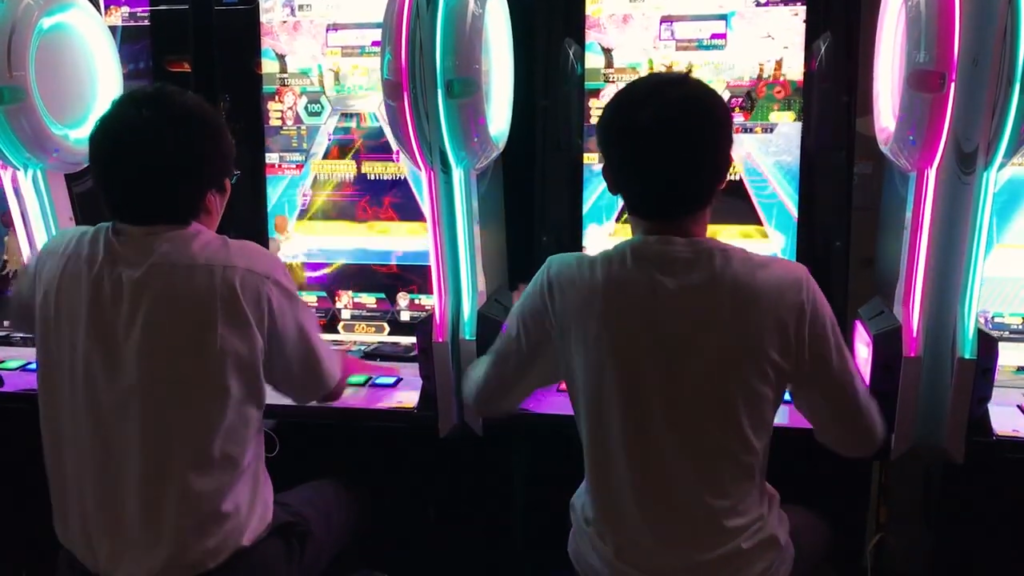
Akihabara is home to a competitive gaming district which is lined with arcades. These arcades are packed with Japan’s game culture, and are great entertainment spaces. Usually five or six floors, they are filled with the latest games.
Among them, you’ll find fighting games, sit-down racing games, boat piloting games with anime girl battleships, cooperative games where large teams face off against each other, and much more. There are also games that require the use of real life trading cards, claw games known in Japan as “UFO catchers”, games that use a special stylus to point and draw and “rhythm” games that challenge your drumming and dancing skills.
You can also find specialty arcades with the best classic games. Even though they have been around a long time, people are still packing these arcades and lining up to play. The arcades with the latest technology really pack a punch, while the retro arcades are great places for visitors to play some nostalgic games too. You can spend hours (and a lot of money) in these places!
Check out Manseibashi Station
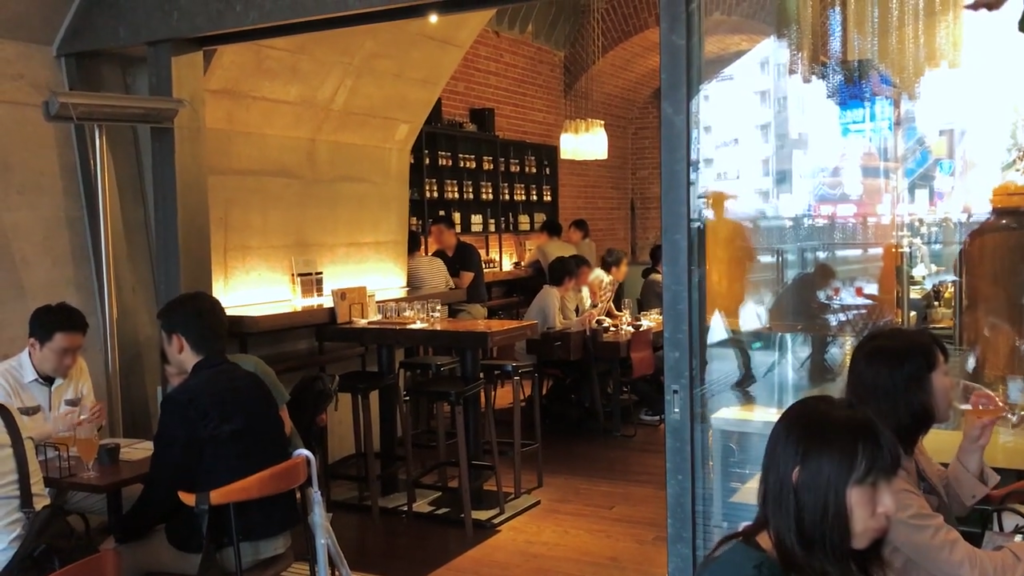
Manseibashi Station was once a busy stop on the Chuo Line. The red-brick structure is now a one-of-a-kind shopping and dining complex that stretches between Ochanomizu Station and Kanda Station along the Kanda River. The space has loads of pop-up shops and restaurants, cafes, and bars. The establishments here serve up organic coffee, craft beer and various types of eclectic cuisine.
The graceful arches of the brick overpass remain, as well as the old staircase, which was closed off after the station was shut down in 1943. The old platform has been transformed into a glass-walled space with a scenic overlook. Fast-moving trains pass by closely on both sides. On the first floor, there’s a scale-model diorama of what the station and area looked like around a hundred years ago. It’s one of Akihabara’s most unique spots and well worth a stopover.
Experience Kanda Shrine
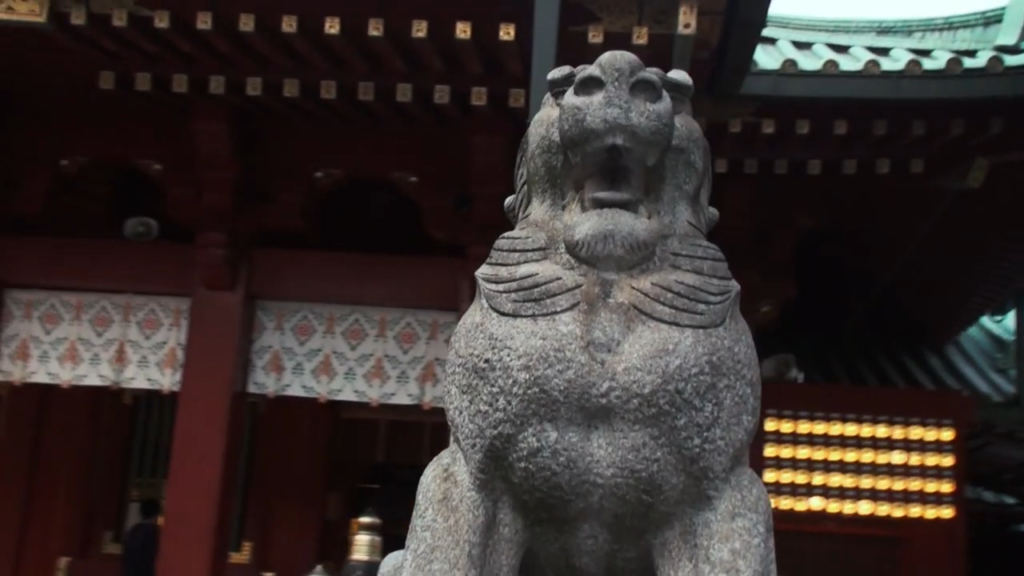
Kanda Shrine was first built in 730 AD, but it has moved and been rebuilt several times. It is now just a short walk from the main street in Akihabara. There are three gods enshrined here. People visit the shrine to pray for wealth and prosperity. Kanda Shrine became popular among anime fans because it is a featured location in the “Love Live!” anime.
In the series, a group of students who want to save their school from closing form an idol group to sing and dance their way to success. One of the popular characters in the show, Nozomi Tojo, is a shrine maiden here. The girls of the group train around the shrine and hang out in Akihabara. Thus, you can see many of the locations “used” in the show in real life here and elsewhere in the area. If you want a little traditional architecture to go alongside your popular culture, be sure to stop by Kanda Shrine!
Explore a Collectibles Shop

Anime and manga contribute a significant part of what makes Akihabara the place it is. There’s a ton of anime and manga related merchandise for sale. Akihabara is also well-known for its many retro game shops selling used classic video games.
Whether you’re there to hunt for an elusive figurine for your collection or just want to window-shop, you’ll be overwhelmed with wave after wave of figurines, anime memorabilia and video games the moment you step out of the train station. Chuo street is the place to start and soak in the vibe of Akihabara. Here, both sides of the street are lined with game and hobby shops specializing in all manner of Japanese pop culture.
One store that I highly recommend is Mandarake, a popular chain that has several locations across Japan and specializes in second-hand goods. The Akihabara shop, also known as “the Complex” has eight floors of collectables, DVDs & blu-rays, classic video games, CDs, manga and all kinds of books, both official and fan-made. Apart from being one of the biggest stores in the area, Mandarake is also unique because of its collection of rare and vintage memorabilia. Decommissioned station signs? 1960’s children’s magazines? Transformers from the 1980’s up to through 2020’s? You may very well find it here!
Visit a Maid Café
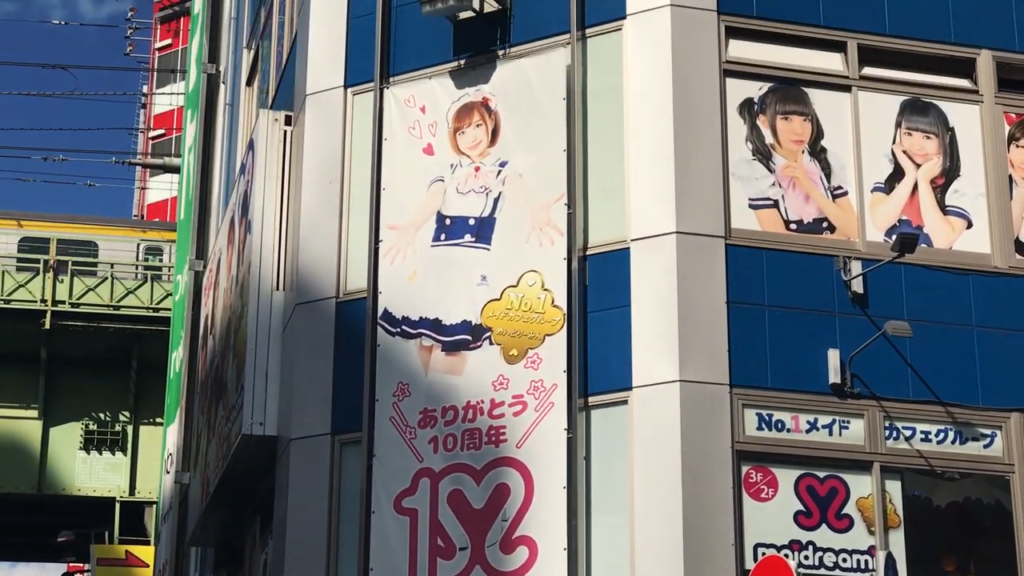
Synonymous with Akihabara, maid cafés make for a truly unique experience. They’re kitschy and yet strangely classy, as you will be waited on by ladies in elaborate maid outfits. Maid cafés are often tucked away in alleys or between other establishments, so the maids go looking for customers in high traffic areas, and direct or even bring customers back to the café.
Going inside a maid café is the closest you will ever get to going inside an actual anime. The staff pretty much act like real-life anime characters. Some maids even use crazy names or put on eccentric personas. For example, “the fairy of fried chicken”. Maid cafés have a table fee and a time limit, as they often have limited seating and you’re paying for the atmosphere as much as the food and drink. Fortunately, there is no tipping in Japan, but be prepared for a pricier-than-usual café experience. Customers are forbidden to take photos inside, except of their food.
If you want a photo souvenir of a maid, you have to buy a チェキ (“cheki” or instant photo). They usually cost 500 yen, and the maids decorate them by hand. Maids will also dance and sometimes sing as a performance. Although it isn’t free, you can usually order it in a bundle with a photo and food or drink for a discount.
At some places, maids even perform a “magic blessing” with you on your food before you eat. This usually includes a chant they will teach you, and also involves making a heart shape with your hands. Maid cafés come in all kinds and there are various themes (such as ninja-themed, or based on Alice in Wonderland.)
And if you’ve been wondering, yes: there are indeed butler cafés where you can be served with all the same flair and eccentricity as maid cafés, except by dashing young men. There truly is something for everyone in Akihabara.
Looking to experience Akihabara for yourself? Join the adventure in April 2022 as an ALT! For more information, read all about being an ALT!
Photo Credits:
Top photo: Jezael Melgoza on Unsplash
Additional photos for this article were provided by Raymond Doan, used with permission
All other content (text) created by the original author and © 2021 MUSUBI by Borderlink
Top photo: Nishiyama Aoi on Unsplash
MUSUBI celebrates its 100th article with a brief look at Nara’s most famous residents!
When one thinks of Tokyo, several things come to mind. Tokyo Tower, Tokyo Skytree, the Imperial Palace, Akihabara, and scenic views of Mount Fuji. Osaka brings to mind Osaka Castle, Dotonbori, great food and eccentric fashion. But when one thinks of Nara, aside from its many shrines, temples & the towering Daibutsu, the first thing that comes to mind is the deer (鹿). What’s up with the deer, anyway?
The deer of Nara reside in the expansive Nara Park, an area that includes the grounds of Kasuga Taisha Shrine. Takemi Kajichi no Mikoto, the deity enshrined therein, is said to have ridden to Nara on a sacred dear from Kashima Shrine in Ibaraki Prefecture.
From there on the deer were though of as sacred animals, and to kill one was a crime punishable by death! Nowadays they are no longer sacred but they are protected as national treasures and “natural monuments”. Suffice to say, when one is in the presence of the deer of Nara, one lets them do as they please.
There are over 1,200 deer living in Nara Park and the surrounding area. In fact, visitors will start seeing them soon after leaving the station, and you may even catch the sight of them crossing the street (at the crosswalks!) Nara’s deer have become so used to the presence of humans that they will walk among them freely, though it is important to remember that they are still wild animals. Signs everywhere warn you that they can and may bite, kick or try to ram you if they are frightened.
Nara’s deer are actually split into two types based on their diet: the ‘park deer’ that reside in Nara Park proper, and those that dwell on the slopes of Mount Wakakusa. Grass makes up the majority of their meals, but the park variety benefit from another source of food: tourists!
Nara Park is well-known for its “deer crackers,” or 鹿せんべい. These are nutritionally balanced specifically for the deer, and the only thing you should ever feed them. You can buy packs of the crackers for less than ¥200 to feed them. When doing so, make sure you secure any other belongings- the deer have been known to steal and eat maps, clothing, and more!
Also be forewarned that feeding even one deer will cause others to gather and follow you around as each tries to get ahold of a tasty treat. You may end up getting swarmed! Don’t panic or run- just calmly hand out the crackers until they’re all gone. Then, raise and show your open hands to the deer. They’ll get the message that there are no treats left, and leave you be.
If it sounds like the deer of Nara might be more trouble then they’re worth- make no mistake- they are an absolute public menace that stroll around Nara like they own the place, because they do. They’re also heart-meltingly adorable and you will not regret taking the trip to meet them. Seldom do we get to see such beautiful creatures this close-up, so it’s definitely one to add to your Nara travel itinerary. It’s an experience worth enduring!
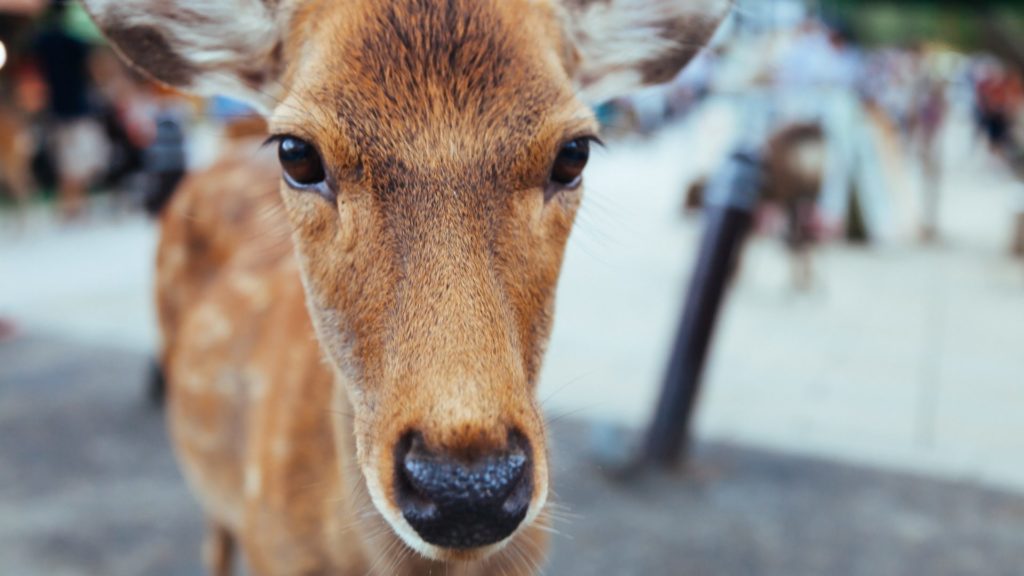
Photo by Alexander Smagin on Unsplash
Photo Credits:
Top photo: Nishiyama Aoi on Unsplash
Additional photos courtesy of Carl Flor , LU XISH , Vicky Ng & Alexander Smagin on Unsplash.
All other content (text) created by the original author and © 2021 MUSUBI by Borderlink
Top Image: Nesnad, licensed under the Creative Commons Attribution-Share Alike 4.0 International, 3.0 Unported, 2.5 Generic, 2.0 Generic and 1.0 Generic license. No changes or alterations were made. Wikimedia Commons Link
Johnson Town, located in Iruma, Saitama Prefecture, is one of the most unique travel destinations in all of Japan. Why? Because when you’re there, not only do you feel like you’ve traveled to another country (the United States of America) but you’ve also traveled to another era entirely. Johnson Town specifically brings to mind America in the 1950’s.
Both a residential area and a tourist spot, Johnson Town has a quaint, homey feel of retro Americana, transplanted through the time vortex and dropped down into the middle of 21st century Saitama prefecture. It’s an experience in itself, but today I’d like to focus on one of the best parts of Johnson Town: the “herbal and spicy” restaurant Recipe Recipe (or Recipe Squared as the sign would read).
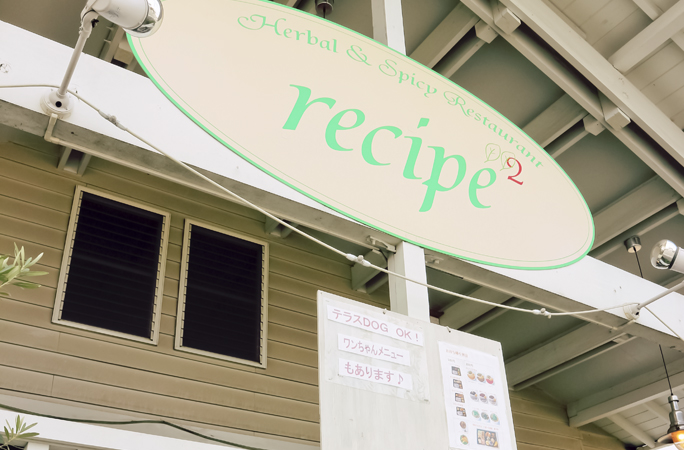
Photo Courtesy of Recipe Recipe, source: http://recipe2.jp/self-restraint/
Located on the edge of Johnson Town, Recipe Recipe makes for a great spot to start or finish your visit to the area (which is easily accessible from Tokyo, making it an excellent day trip locale). Visitors here can taste various dishes from curry to specialized meats- that “herbal and spicy” part is not just for show.
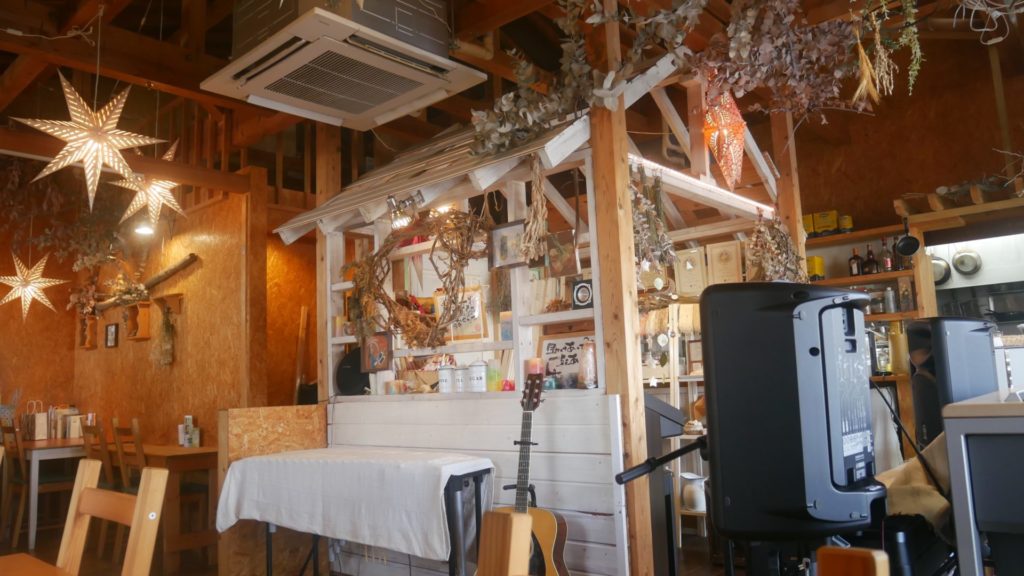
Living around the area, almost every weekend we always passed by this restaurant when traveling to and from Johnson Town. An enticing glass wall overs a nice view of its interior as well as the view one gets of the exterior when they dine in.
The eye-catching logo is another thing that draws your eye; one cannot help but be mesmerized by thoughts of what a restaurant with “Recipe” in the name (twice!) has to offer. Eventually, we decided to try it out, and we do not regret it.
The interior is awesome. The hanging stars and other beach ornaments delight the eyes. The décor provides a comfortable atmosphere for those dining in. The quiet environment plus the food almost gives one the sense of home, even if they’re not from America (in the 1950’s). The outside table set-up also gives a touch of sophistication and is worth trying out as well.
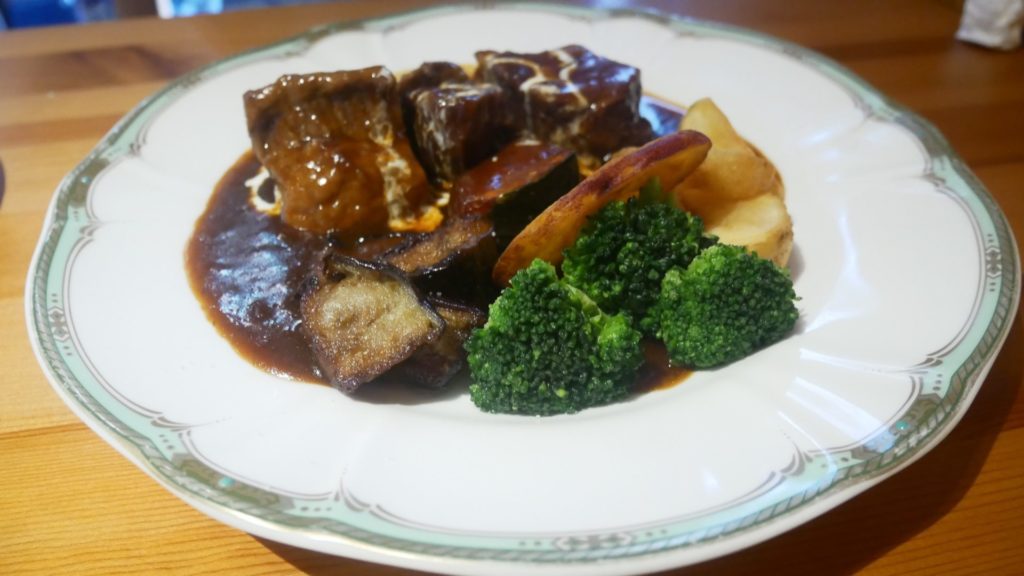
Our dinner started with jasmine tea and pumpkin soup. Then came the main dish of mixed vegetables with a juicy pork and beef stew that absolutely activated my “umami” taste buds. It practically melted into our mouths. After that, our refreshing dessert was Japanese shaved ice (kakigori) with pumpkin ice cream on top, perfect for the summer time (when we visited). All in all, a real treat!
The food at Recipe Recipe can be a little on the pricier side, but it is delicious and healthy. From starters to main courses to desserts, it’s a solid menu, perfect for those seeking something wholly original from their dining experience in Japan.
Also making it worth the money is how friendly the staff members are; the service was efficient and the staff were always approachable. They make sure guests taste a piece of heaven before you leave the place. It’s the kind of experience you’ll want to repeat!
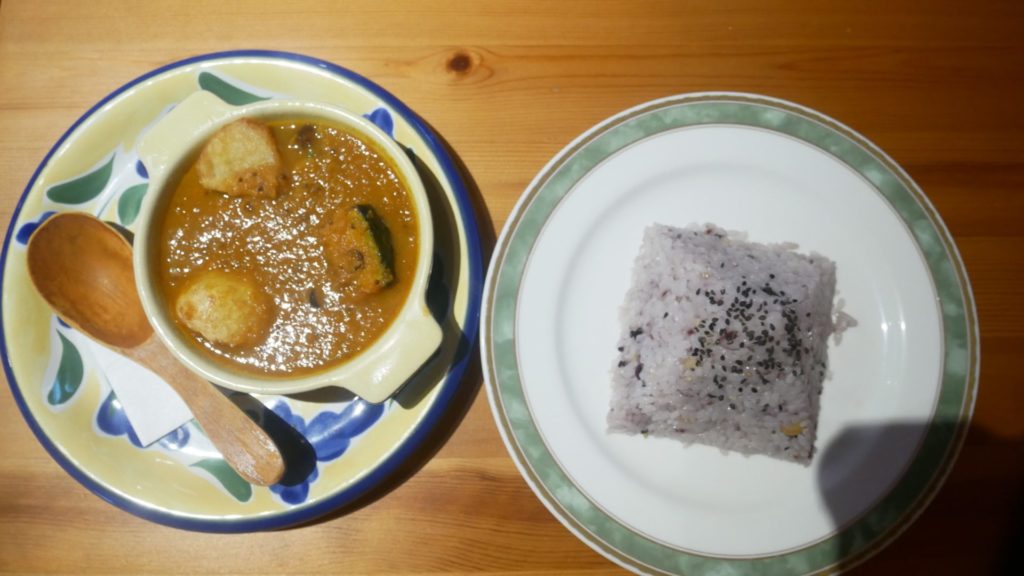
レシピレシピ Recipe Recipe
1 Chome-6-1 Azumacho, Iruma, Saitama-ken, Saitama 358-0002
Open 11:00 am to 22:00 pm (closed on Wednesdays)
Photo Credits:
Top Image: Nesnad, licensed under the Creative Commons Attribution-Share Alike 4.0 International, 3.0 Unported, 2.5 Generic, 2.0 Generic and 1.0 Generic license. No changes or alterations were made. Wikimedia Commons Link
1- http://recipe2.jp/self-restraint/
Additional photos were provided by Rendell Jao, used with permission.
All other content (text) created by the original author and © 2021 MUSUBI by Borderlink
Top photo: Atul Vinayak on Unsplash
This weekend in Japan will see the annual Bon Festival, also known as Obon (お盆). One of the most important celebrations in Japanese culture, the Bon Festival traces its origins to the Ghost Festival of China, itself derived from two distinct Buddhist and Taoist festivals. It is a celebration of the dead and honoring the spirits of one’s ancestors; a common point of comparison is Mexico’s Día de los Muertos or Day of the Dead.
Though the festival takes place at different times during the summer across Japan, Hachigatsu Bon (Bon in August), based on the lunar calendar, is the most commonly celebrated time, beginning on the 15th of August.
Over the 500 years it has been celebrated in Japan, the Bon Festival has evolved into a family-oriented holiday. It is a time during which people return to their family’s ancestral homes to visit and clean the ancestors’ graves. It is also believed that the spirits of ancestors revisit the household altars around this time.
Despite its associate with death and the afterlife, the Bon Festival is a time of celebration rather than mourning. For many Japanese people, it is the other chance to “go home for the holidays” aside from the New Year’s period, and (if they live in the city) return to the country villages where their ancestors once lived.
As Obon occurs in the hottest months of the year, it is common for people to wear yukata, the lighter cotton version of the kimono, around this time. In modern times, local festivals during Bon often take the form of large carnivals with rides, games, and summer festival foods. Another Bon Festival tradition is the Bon Odori, or Bon Dance (盆踊り). There are may regional varieties of dances, often reflecting the area’s history and specialization.
As you may have noticed, lanterns play an important role during this festival as well. Many are hung up as part of the festival decorations, creating colorful streams of light under which participants dance. In many regions floating candle-lit paper lanterns down a river or in a pond/lake is a popular part of the Obon festivities. If you have the chance, you owe it to yourself to see a lantern floating event during the Japanese summer.
Due to the ongoing COVID-19 pandemic, this year’s Bon celebrations, much like 2020’s, are sure to be somewhat curtailed. They will be smallere and more personal. There won’t be quite the same level of camaraderie as in years past. But those days aren’t gone forever. The Bon Festival is as much a celebration of life as it is death in how it brings families together and back to their roots. Some day in the not-too-distant future, we hope you will get to experience Obon the way it has been celebrated for centuries.
Photo Credits:
Top photo: Atul Vinayak on Unsplash
Previously-used photos:
” Bon Odori, a style of dancing performed during Obon, Japan; August 2014 (03) ” by jinkemoole licensed under the Creative Commons Attribution 2.0 Generic license.. (cc-by-2.0) No changes or modifications made. Wikimedia Commons Link
” Bon Odori, a style of dancing performed during Obon, Japan; August 2014 (04) ” by jinkemoole licensed under the Creative Commons Attribution 2.0 Generic license.. (cc-by-2.0) No changes or modifications made. Wikimedia Commons Link
All other content (text) created by the original author and © 2021 MUSUBI by Borderlink
Top Photo: Jake Givens on Unsplash
Hey guys! Welcome to your summer vacation. If you’re like I was, you’re new here and you don’t know many people yet. And you don’t have much money to throw around. While this combination of factors might seem less than ideal, never fear! You, too, can enjoy a month’s vacation for the books without blowing your budget (and even without friends!) There are a few factors that are going to go into making the best of this month:
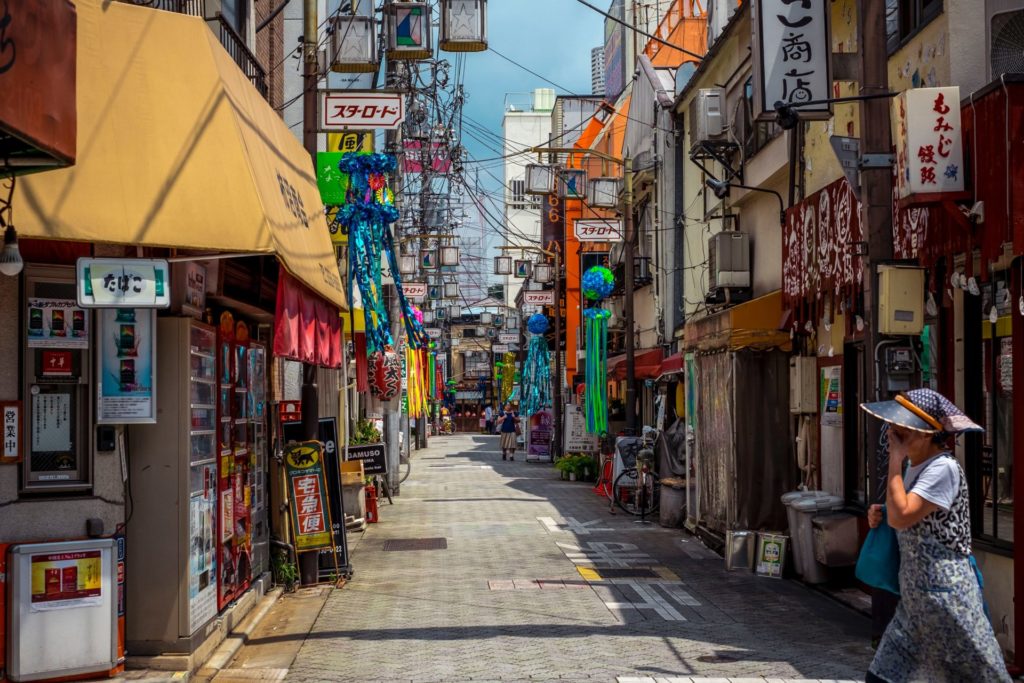
Photo by Julie Fader on Unsplash https://unsplash.com/photos/n8EfDqmzn5M
Get Fresh Air and Get it Daily!
August isn’t ‘my’ month, exactly. What I mean to say is that I have quite an aversion to summer temperatures. Still, it is so important that we get outside every day. Personally, when I wake up, and I have nowhere that I have to be, necessarily, so it’s very easy for me to accidentally not leave my apartment. During this happy and healthy summer, my friends, keeping yourself locked inside is not an option. The solution to this is a morning daily walk. Morning sun is some of the best for us.
But, you may be thinking, this is impractical. I don’t want to wake up in the morning and go for a walk. And that’s why you’ve got to give yourself an incentive. Every morning, you’ll not just walk (while listening to music or a podcast that interests and/or motivates you, might I suggest), but you’ll walk to somewhere. A conbini? A grocery store? It depends on the time you head out the door.
For a budget-friendly summer, allocate a set amount (like 200-300 yen) to spend on this daily breakfast (or lunch) purchase. Don’t forget to account for the 10% sales tax! The price, including tax, is often displayed on each package in a non-emboldened font above the item cost. Maybe try something new every day, or maybe find a favorite and stick to that. To get the most from this experience, I suggest you don’t limit yourself. If you think I am telling you to consider ice cream for breakfast, you’re correct.
Eating as you walk is a slight faux pas in Japan, but ‘reading the room’ is even more important, I daresay. If you are in an area where no one is around, and your ice cream will melt in between the time you’ve purchased it and the time you get to your next destination, eating it as you walk won’t hurt anyone. Just be neat with it. If you really feel self-conscious about it, find a nice shady spot to sit or stand while you eat, like your own little picnic-on-the-go. There are a plethora of parks across Japan, even in the biggest cities. If you’re like me, you can take your morning snack with you to a park bench and enjoy it there, before heading to your next destination.
Be Flexible!
I am someone who benefits from a schedule. I know this. And I have a hard time setting one in an informal environment, like my apartment. Know thyself, and do what’s best for you. For me, it’s probably best that I keep to my school schedule, to a degree. I am most productive in the morning, especially once I have eaten, and so I would take a daily trip to the library at this time.
In the library you can: study Japanese, study some other academic material, read a book, plan lessons for autumn, budget, daydream and write or draw about it (maybe even while listening to music), study and learn to play cards or chess, read all about a hobby you think is cool but with which you haven’t had much exposure. This is your summer vacation. Keep it light! Keep it fun.
Stay at the library for an hour or three. And then! Go somewhere. You can be flexible about this! Make a list of places you’d like to explore or things you’d like to do (suggestions below) and choose one while you’re at the library. Or put the activities on slips of paper in a zip-lock and draw one so you don’t have to make a decision.
On moderate weather days, why not take the train to a stop you pass every day and wander around? Take some cool photos of yourself and remind yourself what a complete rock star you are for so many reasons, not the least of which is that you live abroad, which is something many people will never be able to say they have done. Post one or two online if you’re looking for remote human contact– genuinely, people who are still at home love to have a glimpse at the sights we come to accept as ordinary (you could also post a photo of your morning snack if you have one you find exceptionally delicious and/or interesting).
If you don’t want to take photos of yourself, look for beauty all around you and snap pictures of whatever catches your eye. You might even buy a disposable camera from somewhere like Don Quijote (an adventurous afternoon exploring this place in and of itself) and snap what will be tangible photos. To get the film developed, take it to a camera shop. By the end of summer, you’ll have physical souvenirs of your time here that you’ll be able to keep and admire no matter how long you stay or where you someday live.
Go to a shrine and/or a temple. They are everywhere! They’re beautiful, and so peaceful and pleasant. Make a list of all of the shrines and temples in your area and check them out one by one. Go to a museum and/or a garden. There’s something for everyone– Google is your friend. Go to a movie. If the weather is too much, go from one indoor setting (the library) to the next. Go to a store and window shop (or actually shop, if you’d like to and can afford it). Thrift shops, furniture stores, appliance stores– it’s so interesting to compare store items here with what you’re used to.
The flexibility here is key. You could set up a different afternoon activity for each day of the week (Monday Movies, Tuesday Temples, Wednesday Window Shop, and so on) or, again, you can just randomize what you do every afternoon. After that, it’s time to go home. Depending on the time, you can stop by the grocery store on the way back and pick up something for dinner and/or the following day’s lunch, or you can go home and head back out around 19:00 when many next-day grocery items are reduced (much less expensive than having to rely on conbini options on the fly, regardless of whether or not you’re buying the groceries at a discounted rate). Which brings us to…
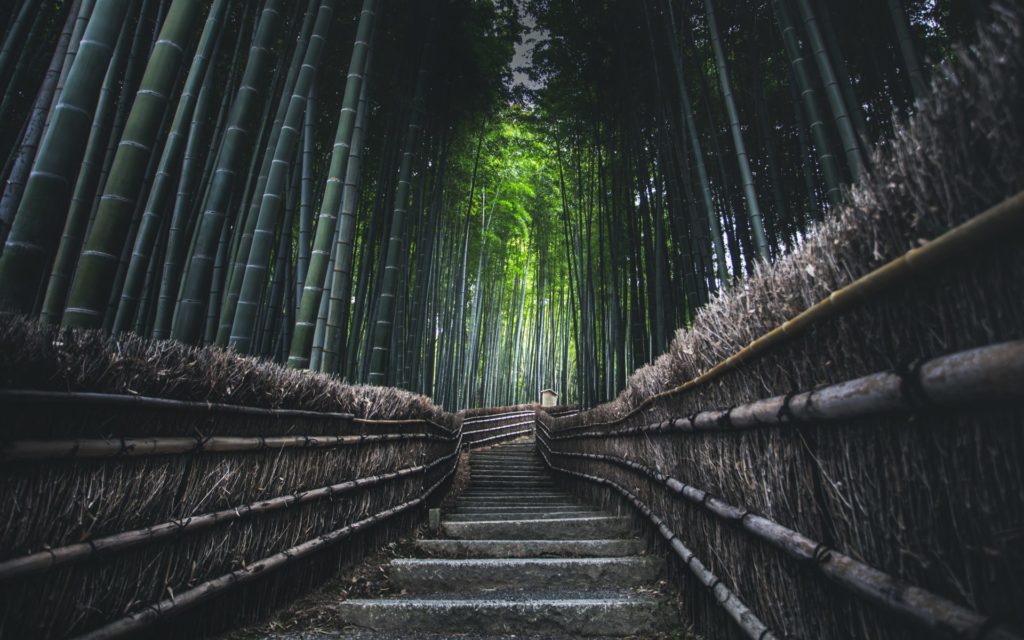
Photo by Marek Piwnicki on Unsplash https://unsplash.com/photos/4ypXMUtbJug
Eating Healthy!
Like many places, the following would make an inexpensive basic grocery list in Japan: Chicken breast/thigh, Ground beef, Eggs, Yogurt, Milk, Chickpeas, Corn, Onions, Bean sprouts, Iceberg lettuce, Cabbage, Daikon radish, Carrot, Potato, Ginger, Garlic, Bananas, Apples, Oranges, Rice, Noodles, Bread
It’s common knowledge that fruits and vegetables in Japan can be exorbitantly priced, but this isn’t true of all fruits and vegetables. Especially if you supplement the inexpensive produce on this list with the occasional splurge on something pricier than it might be at home. If it’s for the sake of variety and listening to your body, I think you’ll find you won’t end up feeling deprived or too pained by grocery prices. Meats (and fish!) are far more affordable here than they are in many places, and that helps balance the budget.
From the above shopping list, one can easily make a classic American breakfast (good for an anytime meal) of eggs, hash browns, and toast. French toast is also an easy one here (maple syrup is surprisingly easy to find, near the cereal/bread/jam section). Sweet or savory omelets. Fried rice. Pulled chicken sandwiches. Stir fries. Soups. Slaws (incorporating apple!). Salads. Mediterranean chicken or beef sandwiches. All are possible with a little planning and preparation. But the question is; do you really want to?
If you like to cook, the sky’s the limit, but if not, I don’t blame you, especially when it comes to trying to keep your apartment cool. It was a pleasant discovery to learn that Japan’s readymade grocery options are not going to break the bank, especially because there is not much space for food preparation in my kitchen. Also, it’s summer. Give yourself a break. Treat yourself to food that requires no preparation effort from you if you feel like it.
On the other hand, if you actively enjoy spending time in the kitchen, and if you have the apartment space, Japan is an excellent place for culinary adventures. So many options and so much room to explore. I personally don’t have much kitchen space, so I’ve been a bit lax in my kitchen experimentation, but rest assured that even limited, it is possible to eat well and affordably on these islands.
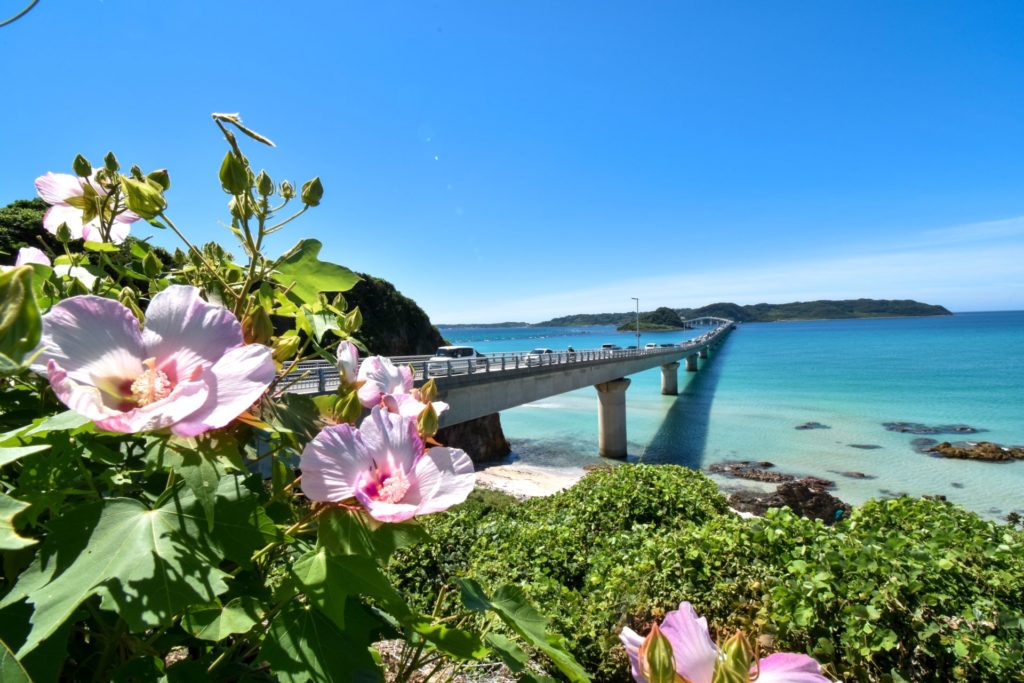
Photo by Samuel Berner on Unsplash https://unsplash.com/photos/8ySFhqh5P6o
Conclusion
Japan can feel like quite an isolating place when you’re new here. While the suggestions I have outlined in this article may sound a little cheesy, taking care of your mental health is not something to be taken lightly. Please enjoy your summer, and for this month and beyond, never miss the chance to keep yourself physically and mentally well.
Of course you may feel like taking a couple of days a week to just do your morning conbini run and then come right back home to chill and watch YouTube or Netflix all day. Maybe you’d rather not grocery shop every day and would like to reserve a day for meal prep. Wonderful. Do it. But promise me you won’t forget to remind yourself that you’re incredible a couple times and take a few dance breaks if you’re inside most of the day, at the very least. Promise? Okay!
So there you have it! A guide to a simple, affordable, fun summer in Japan. If you happen to have friends (yay you!) all of these activities would be just as fun with company. In any case, I wish you well. As with everything in life: do your best, believe in yourself, don’t quit, and success is yours. September will be here before you know it! Happy exploring!
Photo Credits:
Top photo: Jake Givens on Unsplash
1 – Photo by Julie Fader on Unsplash
2 – Photo by Marek Piwnicki on Unsplash
3 – Photo by Samuel Berner on Unsplash
All other content (text) created by the original author and © 2021 MUSUBI by Borderlink
“I was afraid to even step out of the elevator. All around me was darkness and I wasn’t sure if I was ready to be embraced by it.”
I thought of many ways to explain where I was and where I was headed, but I believe a few things will suffice: handcuffs, policewomen and dungeons. If you want a totally different kind of Tokyo experience, this place will definitely need to be added to your bucket list.
Japan is famous for its uniquely themed cafes where you can get served sweets and desserts by maids in cute costumes, take lessons from a licensed Ninjas while sipping on a cup of coffee in a Ninja café or even hang out with owls and falcons in Owl Cafes. Today however, we will escape the kawaii (cute) world and enter a totally different part of Tokyo unknown too many. A place where you will experience being locked up in a dungeon, handcuffed by policewomen and be taken as a prisoner for the duration of your stay. Join me as I visit the exciting and dark destination known as : The Lock Up.
Unlike most restaurants or cafes in Tokyo that focuses on the kawaii as expected of Japanese culture, The Lock Up focuses on bringing the unique experience of being in held in a dungeon to its customers. The entrance of the restaurant is a dimly lit waiting room with a single projector that shows its waiting customers images of a small girl and an ogre accompanied by diabolical laughter and blood-curdling screams. Safe to say, I felt like I had entered a haunted house instead of a café.
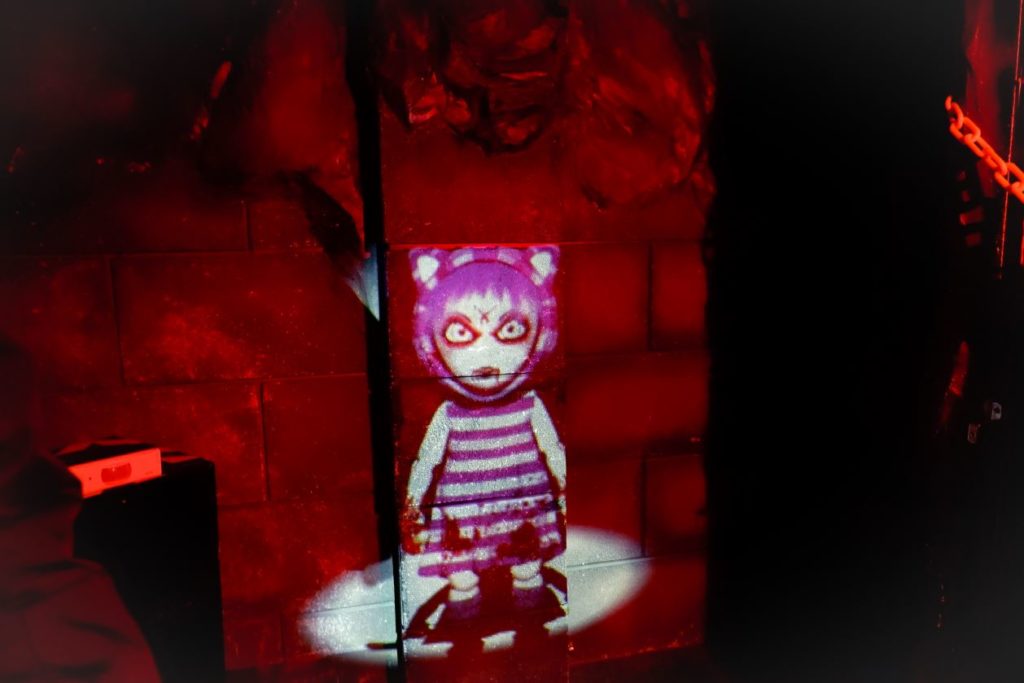
When your name is called you will be invited to enter a black door. You will feel scared but otherwise intrigued to know what lays behind the door, and I realized that perhaps that is exactly how they want their customers too feel. With your heart racing you enter it and on the other side you will be greeted by a policewoman who asks what your sin is and why you are being arrested today. I said that “I was a thief” and that was reason enough for her to place the cold steel of a heavy handcuff around my wrists and lead me down into a dungeon. All around, you will see guillotines, skulls, skeletons and human-size vampires which were made with excellent workmanship.
After arriving in your prison cell, you will find a dimly lit room with ample seating space that could seat up to 4 people comfortably. They also have other rooms that can accommodate bigger groups of people. You will find a coat hanger and be served complimentary snacks and water while you wait for your meals. You can order your meals from a tablet which has an English menu selection for international guests.
Their meals are mostly comprised of steak, pizza, pasta and hamburgers, but what I like most is that they also have vegetarian choices for our vegan friends. When you’re done choosing your meals all you have to do is to push the confirm button and wait inside your prison cell.
The food is all tasty but with a gory twist to them, like their peach eyeball drink which was served to us inside a flask, and their ‘devil’s fingers’ chicken wings that looked like a dismembered crawling arm. There were cute options too, like the dancing octopus and tacos pizza mummy.
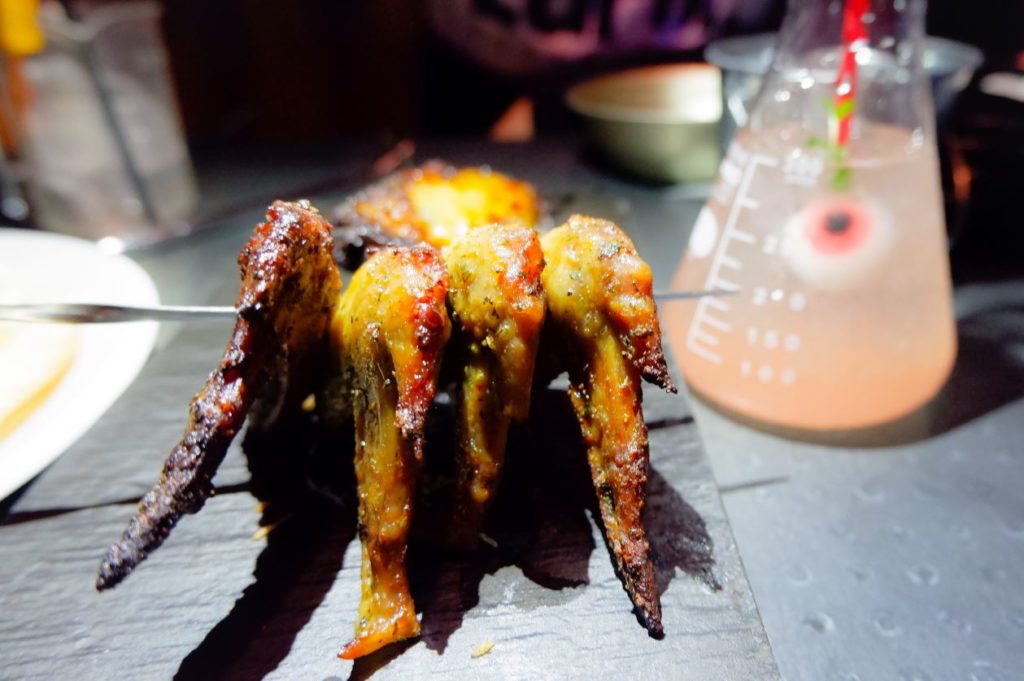
All in all, it was a very unique experience. It’s heart-racing and thrilling from the moment you enter the door to the moment you leave the restaurant. The main highlight for me is that when I told the policewoman that my sin was “theft” she and her coworkers announced to the whole room my entrance and said: “Welcome, the Thief!” in Japanese. I felt that it was mischievous and hilarious as I was not the only one to laugh, but the other guests waiting in the room too. After paying for your order you will be asked to enter a final door with the “Heaven” sign on it.
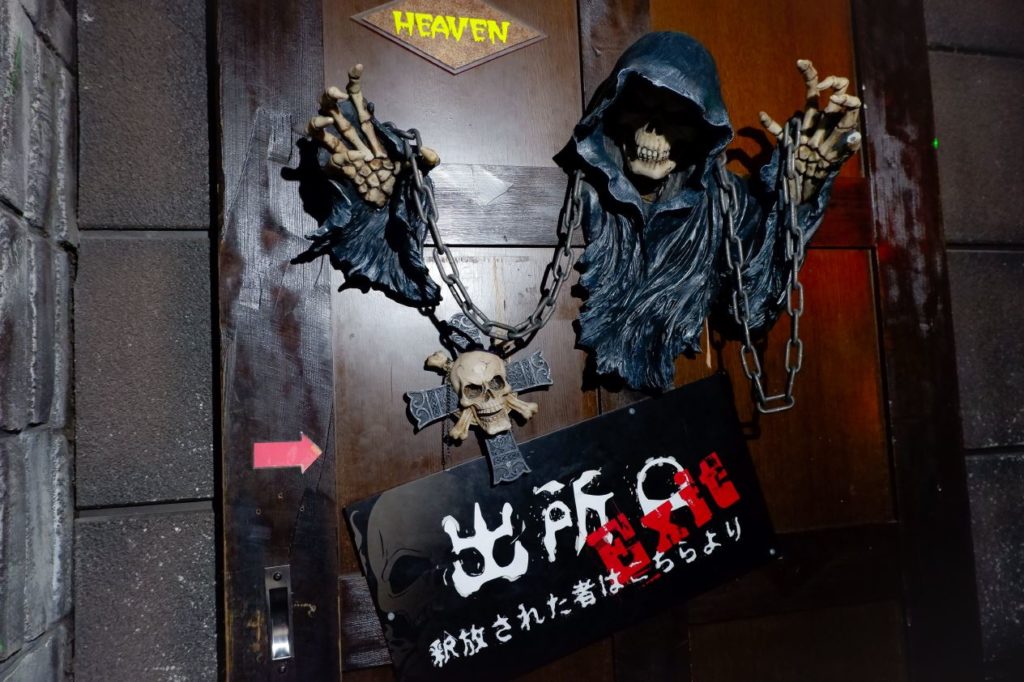
Will I come back again? Yes, definitely. It’d be fun to go there with friends, especially those who like and appreciate horror. I’m not a horror fan, but I had a good time all the same. I’m sure it’d be a special experience for anyone who decides to visit The Lock Up restaurant.
The Lock Up
Address: 〒160-0021 Tokyo, Shinjuku City, Kabukicho, 1 Chome−16−3 新宿スク
エアビル 6F – 7F
Schedule: SUN & THU = 5 PM – 1AM / FRI & SAT = 5 PM-3AM
Contact details: 050-7576-5262
Website: https://www.lock-up.jp/tokyo/
All images for this article were provided by Zygel Doll Jamelano, used with permission. An expanded version of this article is also available on Zeefinity.
All other content (text) created by the original author and © Zygel Doll Jamelano / 2021 MUSUBI by Borderlink (used with permission)
Top photo: Amrita Chandrasekar, used with permission
Japan is widely known for its brilliant neon lights interspersed with subtle pockets of culture in everyday life. However, if you live outside the city, you are likely to be welcomed by a view like in the picture above. Lush green rice fields that stretch for days, busy highways, hardly any people around and no buildings taller than two storeys anywhere in sight. While the Japanese countryside or inaka provides this stunning view everyday, living here can seem quite daunting.
I grew up in a big city and living in the inaka was an eye-opening experience for me. If any of you are the same, you probably feel this too. If you drive, then this is an amazing place to live in, but if you ride a bike (like I did), then it can be challenging to get anywhere. Nevertheless, I eventually struck a balance and will explain how you can do the same in your new countryside life.
Part 1: Road Safety and Vigilance
One of the first things you notice (and one that your coworkers will warn you about) in the countryside is the apparent lack of streetlights. Once the sun sets, it is pitch black outside and more so in winter when the sun sets earlier in the day. Houses are often attached to fields and are far apart, so it can seem dark for long stretches of the road.
Moreover, highways connect towns and cities so much of the road network in the countryside is made up of fast highways where accidents sometimes occur or narrow back roads with little to no space in bike/pedestrian lanes, making cycling difficult.
Ensure that your bicycles are fitted with dynamos to help navigate the dark and spend time venturing out into your little town to familiarise yourself well with all the important roads and landmarks. When on the highway, make sure to ride your bicycle at a safe speed and watch out for fast vehicles at intersections.
Take multiple routes to school to find roads with wider bike lanes and decide which one is the safest, fastest and most comfortable. Schools can be quite far away from your residence so knowing your route to school and back can go a long way to ensuring that you are safe during your commute.
And hey, you can stop to smell (or take pictures of) the roses once in a while!
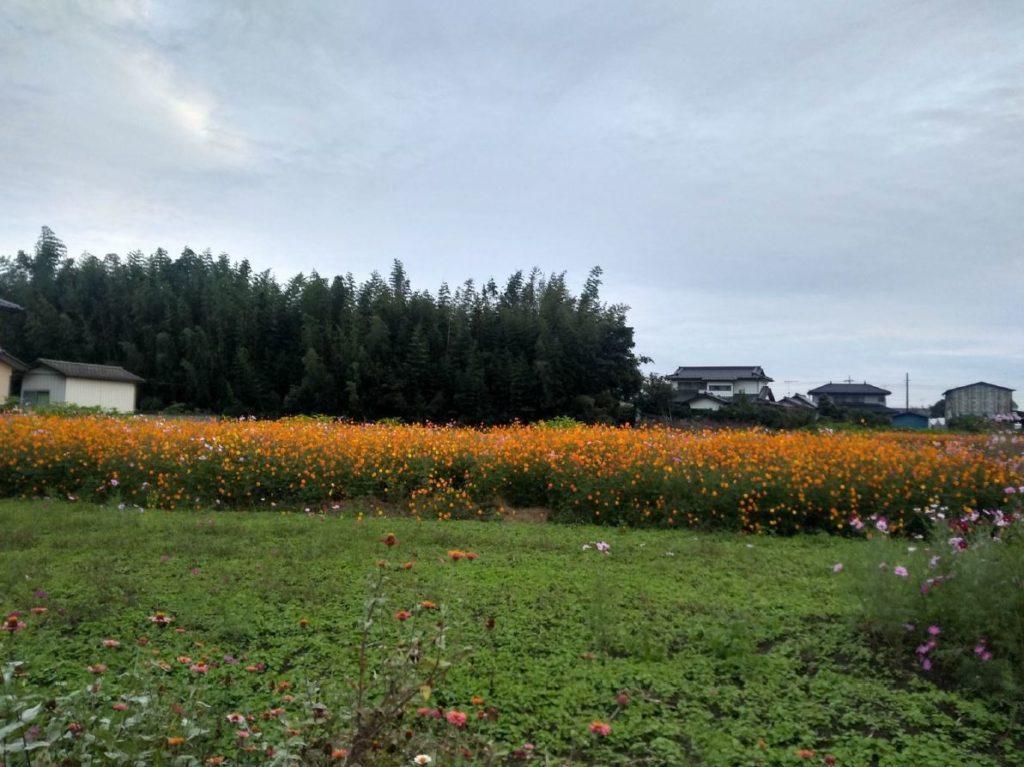
Part 2: The Convenience Store is Your Best Friend
Unlike larger towns and cities, the countryside does not have many supermarkets and shops around. Big shopping centres are quite far away and it doesn’t feel worth making the long trip on a bicycle just to buy some carrots. But you can always rely on a trusty convenience store for most of your immediate needs. Don’t feel like cooking on a Friday evening, fret not, you can go to the local kombini! In winter, the bright glow of the kombini offers a warm respite from the cold and the darkness.
Your bicycle can fit more than you think!
Nevertheless, there would be a supermarket in the general area for your weekly shop. It is worth fixing up some baskets onto your bicycle and carrying backpacks when shopping. Your bicycle can hold much more than you think it can and it makes shopping less arduous. If you are not familiar with local shops, coworkers can help you a lot with learning more about your immediate area.
Part 3: Serious Fitness Solutions
Oftentimes, finding a gym or organised fitness space can prove to be a challenge in the inaka. It is easy to eat something quick from a kombini at the end of a long day or just nap after school during the hot summer and cold winter months. Life in the country can seem rather quiet and uneventful and you might find yourself just tucking in and bingeing Netflix at the end of the school day instead of finding creative ways to workout (Believe me, I’ve been there!). But there are options for fitness enthusiasts even so far out of the city.
Make your commute a workout!
Riding your bicycle to school everyday is a workout in itself. I used to ride 9 km each way and it can get exhausting especially when rain is lashing down, soaking you to the bone! But these rides became more enjoyable when I broke up the journey into mini bike sprints. Long stretches of road between traffic lights are great to get some sprints in and to get you to your destination faster. Moreover, with fitness apps or a fitness watch, you can track your rpm, incline and calories (which is great for cycling enthusiasts).
Of course, please follow road safety rules and be aware of your surroundings, especially on big roads. The nearest hospital might be a few miles away in the neighbouring city and it is important to remember that when on the road.
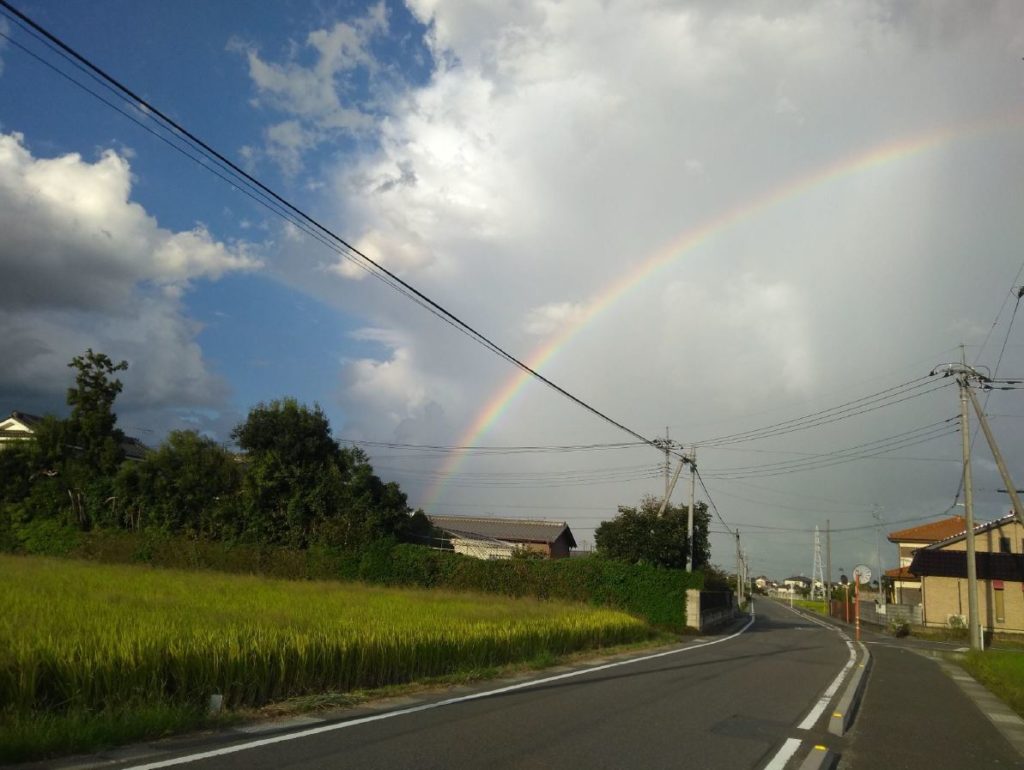
Look up your local community centre!
Organisation and planning of even the tiniest towns in Japan is exceptional. Most small towns have a local community centre with amenities like sports, venues for events and more. Because of the small size of the towns, the community centres are near and within walking distance of each other. My town had a local swimming centre, an outdoor sports space and park, an indoor sports space with a small gym and an event centre for arts. Some spaces might be restricted to organised classes or school teams’ practice sessions but still offer an opportunity to try a new sport.
This is good for major fitness enthusiasts looking for organised fitness because there is a variety of sporting opportunities by way of adults’ tennis lessons at the weekends or swimming, among others. I joined a local hip hop class which made my Fridays so much fun! It also gives you the opportunity to get to know the people in your local community and participate in any community events.
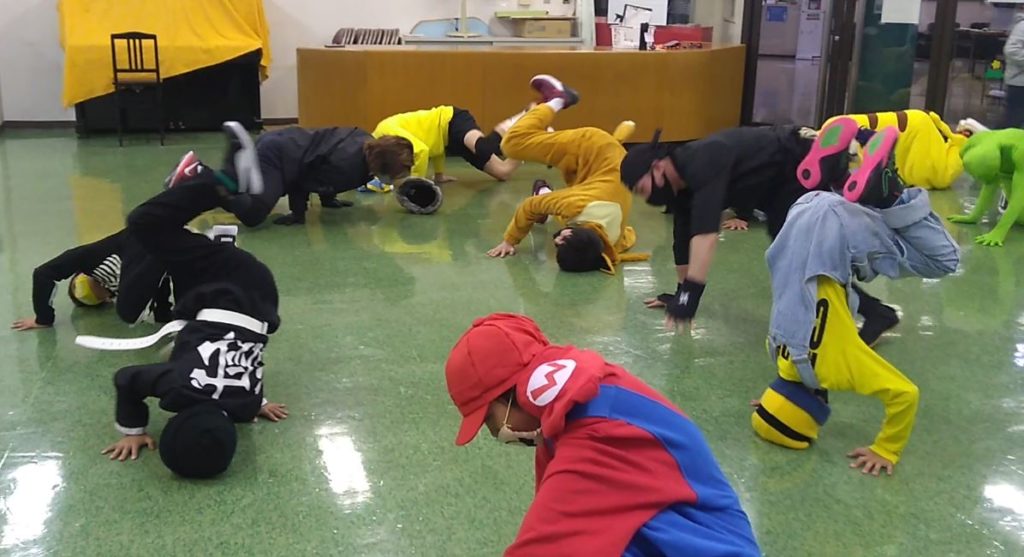
Part 4: Maintaining a Social Life
Probably the hardest part of living in the inaka is how far away you are from centres buzzing with social activity and places to go to. Whether or not you enjoy the solitude and endless quiet of the country, being social in small ways is part of the ‘inaka lifestyle’ in my opinion. Being such a small and intimate community made up of families, it can be hard to find out about events or opportunities to meet people. But the local town hall is and community centres do a fantastic job in organising events and classes.
Try town events and classes!
As mentioned earlier, you can meet people and make friends through sports classes or visiting the park. Country folk are kind and warm so dog walkers and passers-by are happy to have a conversation with the newcomer in town.
Town events are a wonderful socialising opportunity too. My town organised an annual Halloween fair with shops promoting local entrepreneurs and stalls selling everything from handmade jewellery to ice-cream for young children in the town.
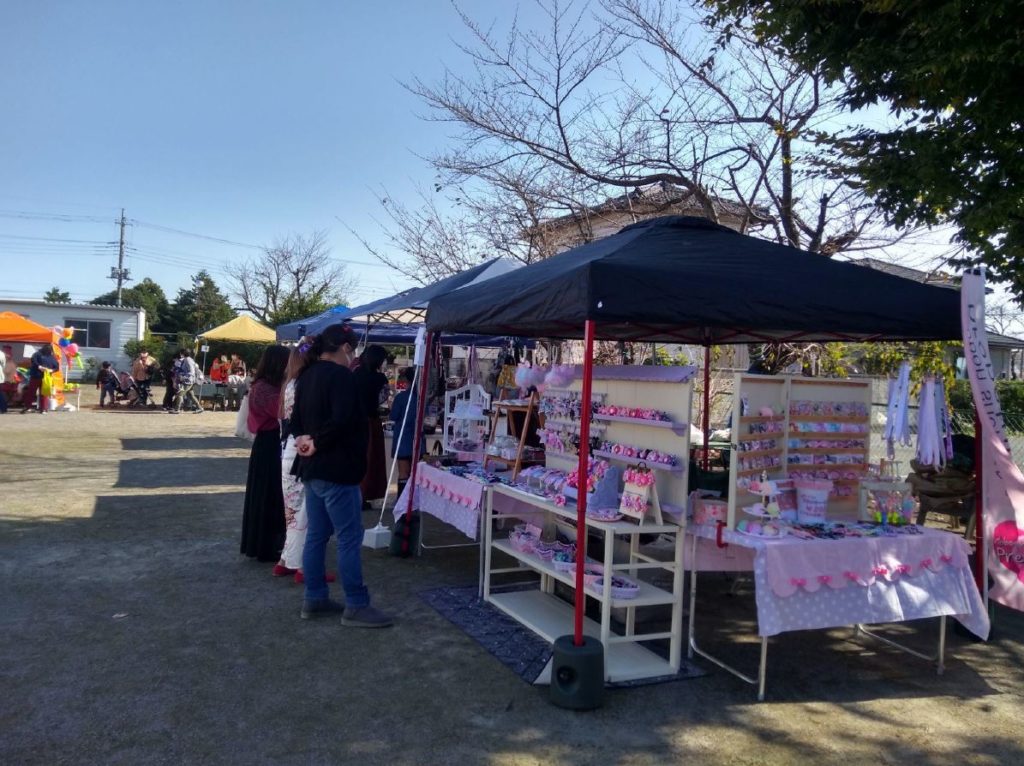
Visit neighbouring cities!
As peaceful as the inaka is, it is nice to take a break every now and again to go to a city. Japan’s world-renowned rail network connects most areas ensuring that you can hop on a train to the nearest city and back even if it means taking multiple trains sometimes. Most towns are connected to a bigger neighbouring city with restaurants, shopping centres, parks, museums and art galleries. It’s a nice escape after a busy week and you can see much more of what your prefecture or local region has to offer.
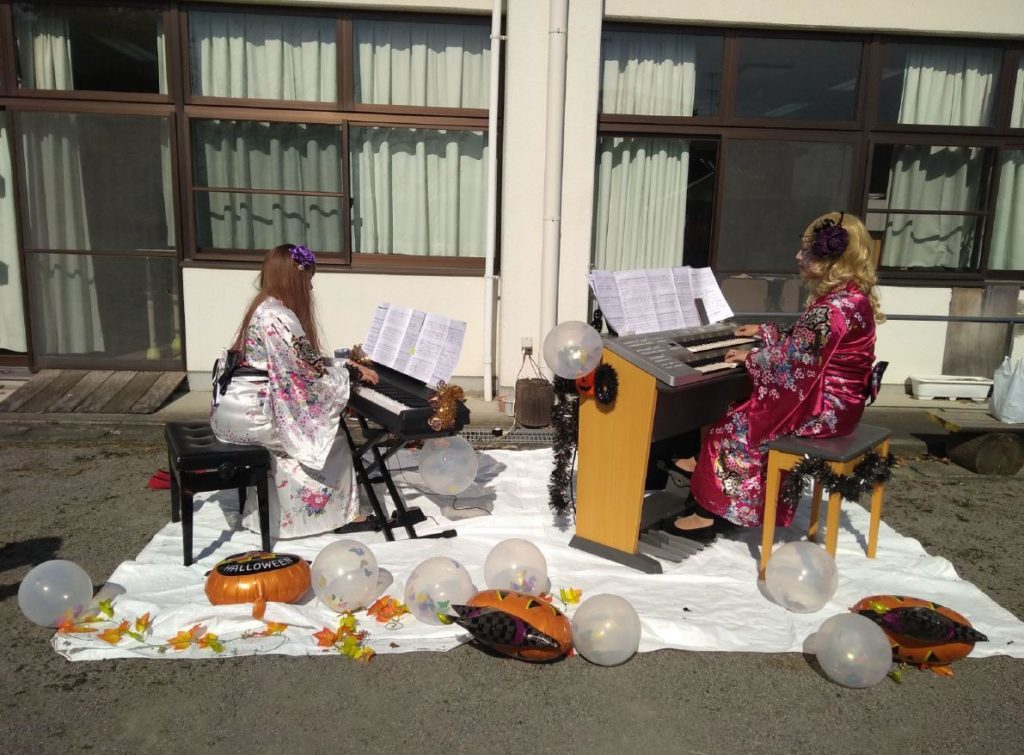
Moving to the countryside can be a difficult adjustment, and the language barrier can often seem overwhelming. But the patience of local folk in dealing with someone with limited Japanese knowledge and the gentle pace of life in the inaka gives you a lot of time to ease into your new lifestyle.
Hope you can make the most of your inaka experience!
Photo Credits:
Top photo: Amrita Chandrasekar, used with permission
All additional photos provided by Amrita Chandrasekar, used with permission
All other content (text) created by the original author and © 2021 MUSUBI by Borderlink

